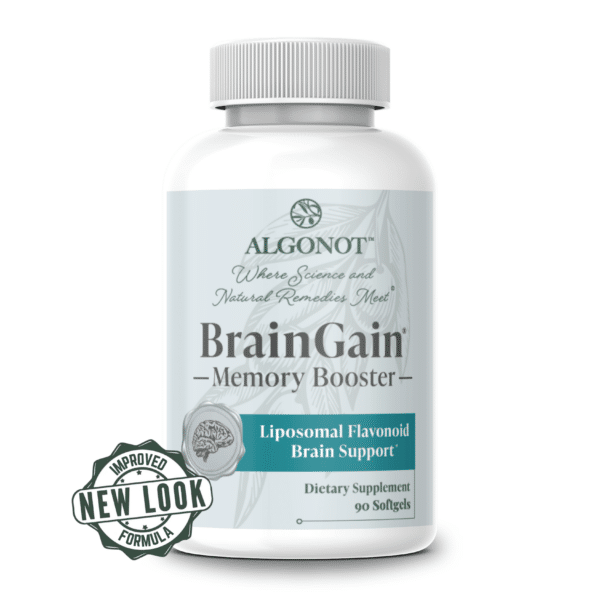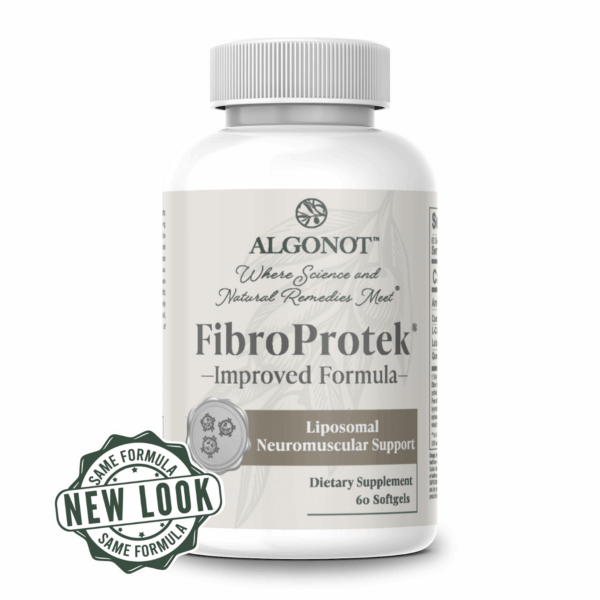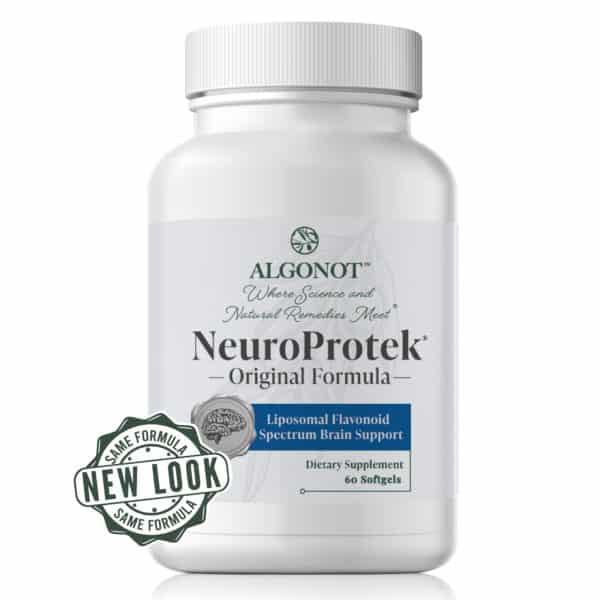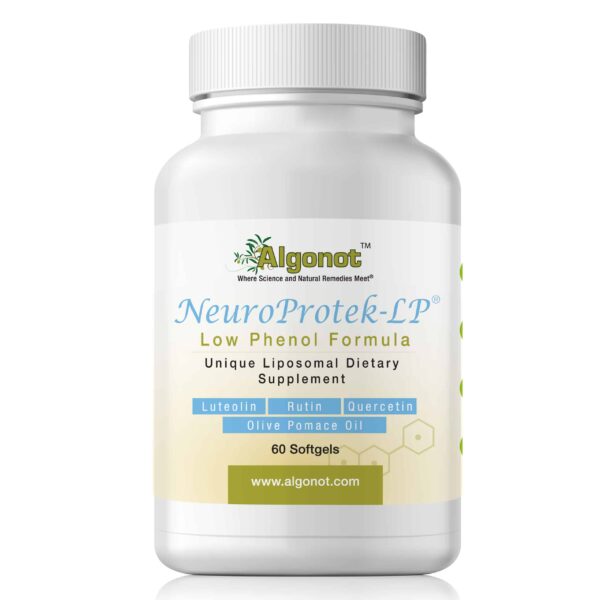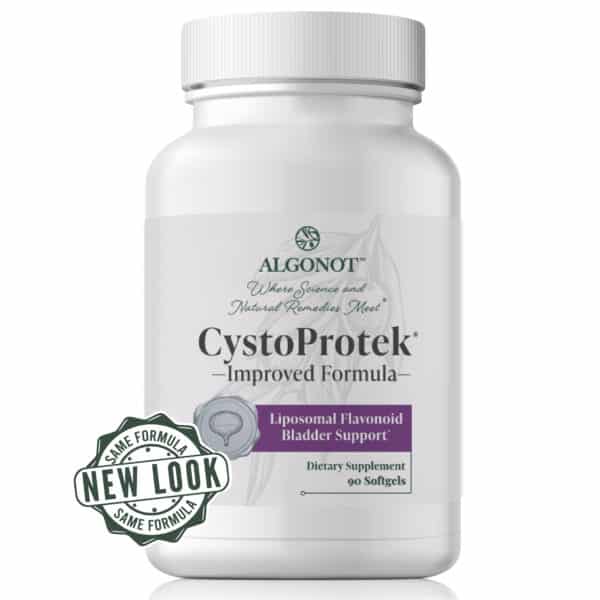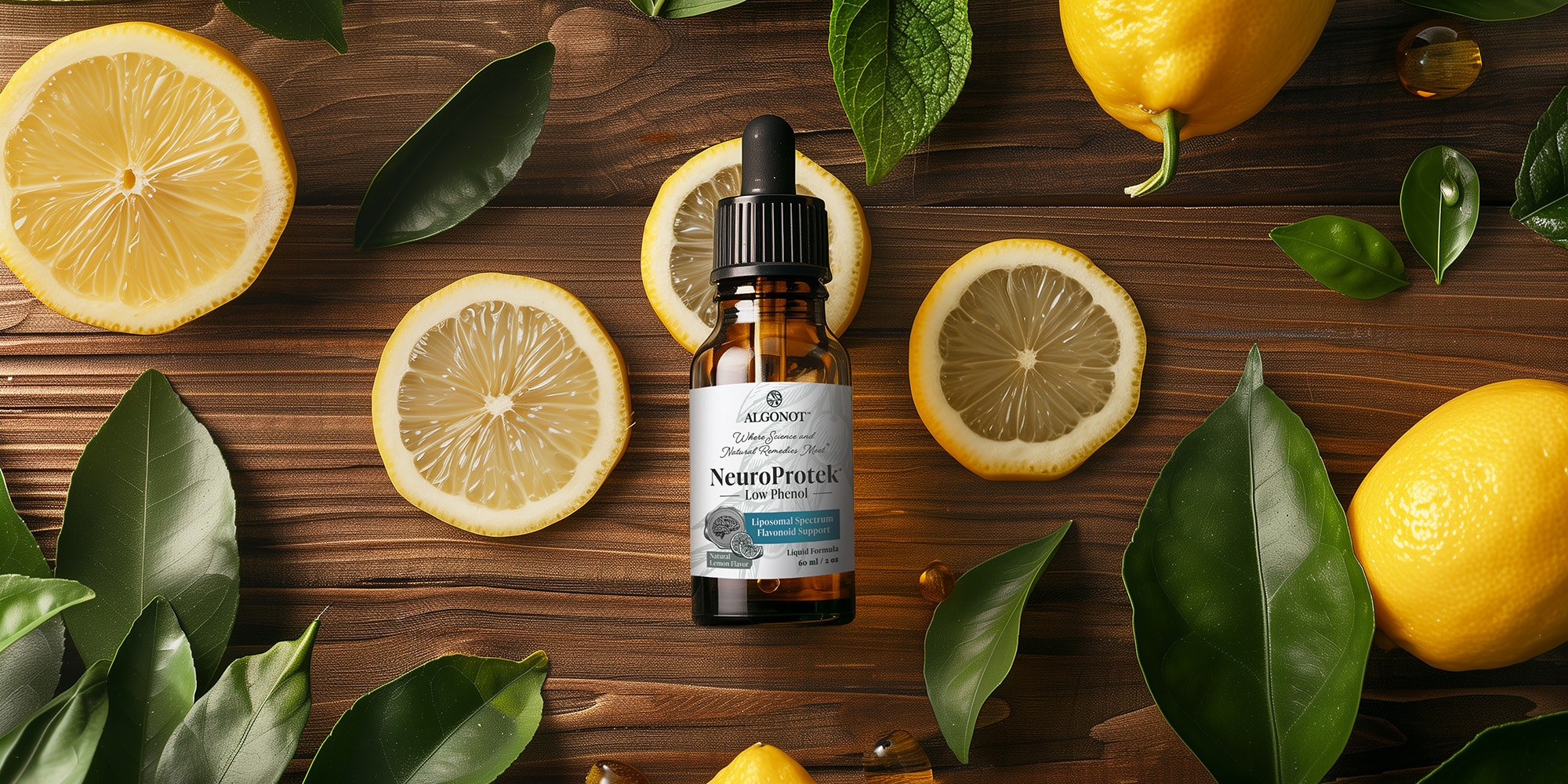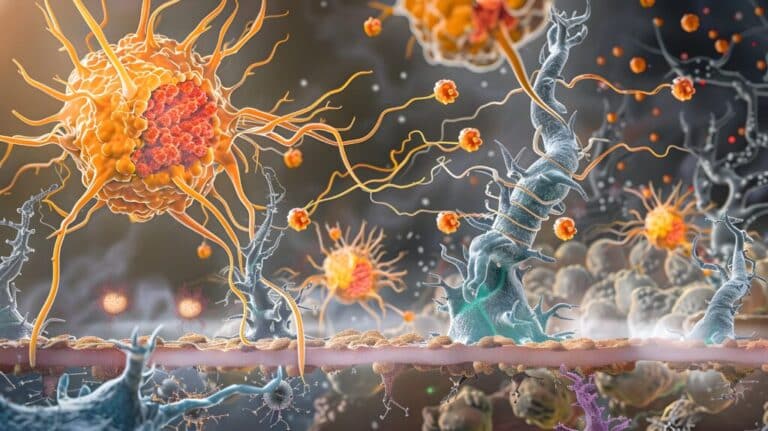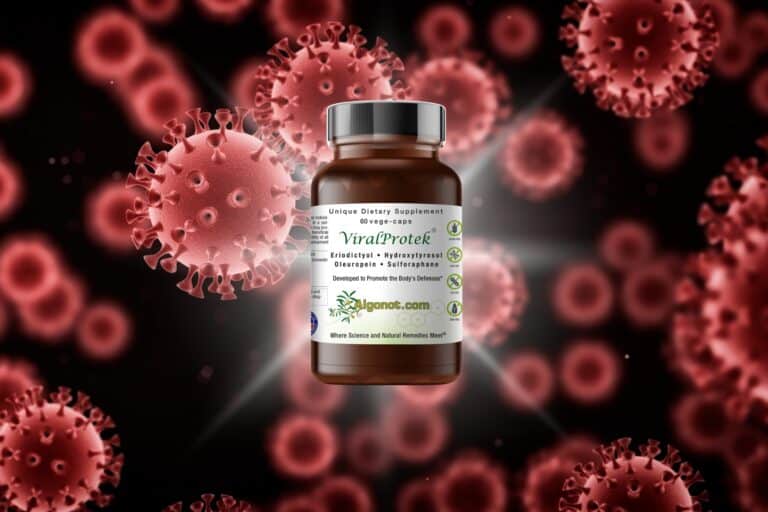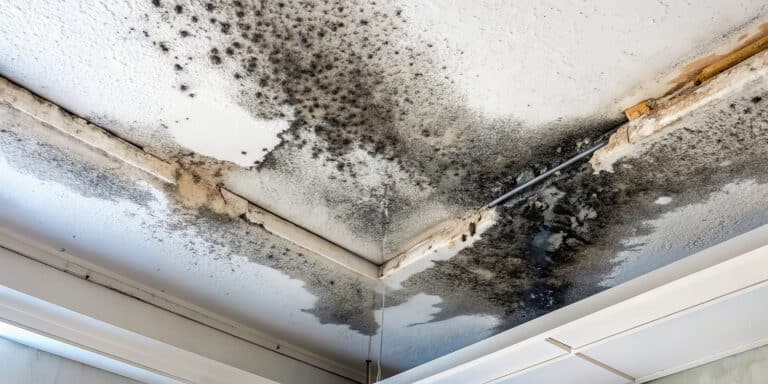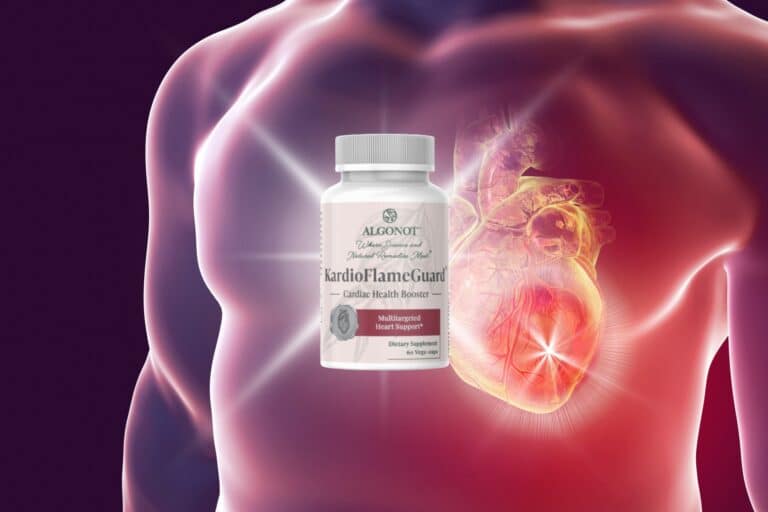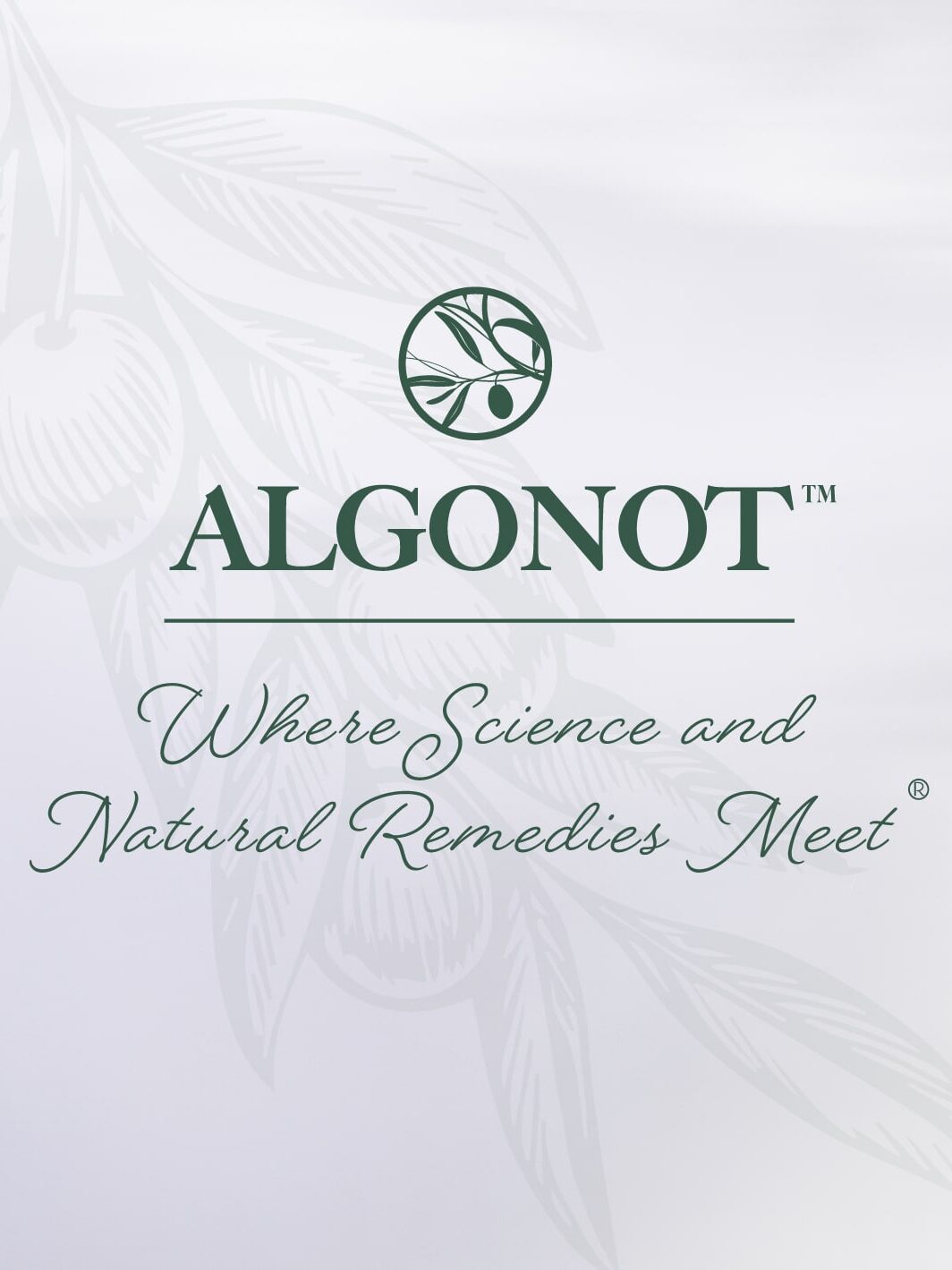Lemon peel ingredients inhibit mast cells
Most individuals with allergies and mast cell activation disorders are sensitive to histamine, as are individuals with histamine intolerance due to defective activity of the enzyme Diamine oxidase (DAO), which breaks down histamine.
Histamine is released from the unique tissue immune cells, mast cells, from circulating basophils, but histamine is also found in many foods. Most of these individuals are recommended to go on low histamine diet avoiding foods known to be rich in histamine, especially alcohol, avocado, cheese, eggplant, papaya, pineapple, sardines, sauerkraut, spices, spinach, and tomatoes, as well as fermented and smoked products.
Unfortunately, many lists of histamine rich foods include citrus which is not correct. In particular, lemons contain negligible amounts of histamine. More importantly, a number of scientific publications have reported that lemon peel and lemon oil contain substances that INHIBIT activation of mast cells and the release of histamine and other inflammatory molecules.
These molecules include the flavonoids Eriodictyol, Hesperidin, Luteolin and Nobiletin. In fact, these flavonoids also inhibit activation of the brain microglia that are responsible for brain inflammation involved in many neurological conditions such as autism spectrum disorder. Moreover, luteolin found in the NeuroProtek® formula and in lemon peel was reported to be more potent inhibitor of mast cells than cromolyn, the only drug known as a “mast cell blocker.”
Hence, the addition of lemon oil flavor to NeuroProtek Low Phenol Liquid not only masks the taste of olive oil making it easier to use with children, but it adds the beneficial actions of the mast cell inhibiting flavonoids.
References
Munir H, Yaqoob S, Awan KA, Imtiaz A, Naveed H, Ahmad N, Naeem M, Sultan W, Ma Y. Unveiling the Chemistry of Citrus Peel: Insights into Nutraceutical Potential and Therapeutic Applications. Foods. 2024;13(11):1681.
Ma R, You H, Liu H, Bao J, Zhang M. Hesperidin:a citrus plant component, plays a role in the central nervous system. Heliyon. 2024;10(21):e38937.
Singh B, Singh JP, Kaur A, Singh N. Phenolic composition, antioxidant potential and health benefits of citrus peel. Food Res Int. 2020;132:109114.
Hagenlocher Y, Feilhauer K, Schäffer M, Bischoff SC, Lorentz A. Citrus peel polymethoxyflavones nobiletin and tangeretin suppress LPS- and IgE-mediated activation of human intestinal mast cells. Eur J Nutr. 2017;56(4):1609-1620.
